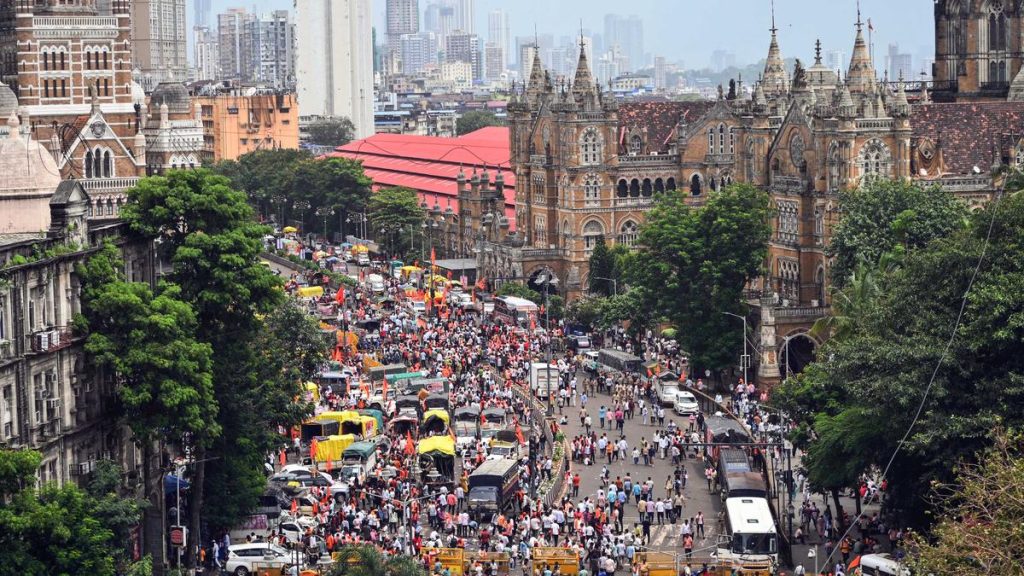Now Reading: Devanahalli Farmers Urge CM for ₹3.5 Crore Per Acre Compensation, Job Assurance
-
01
Devanahalli Farmers Urge CM for ₹3.5 Crore Per Acre Compensation, Job Assurance
Devanahalli Farmers Urge CM for ₹3.5 Crore Per Acre Compensation, Job Assurance
Swift Summary
- Farmers’ representatives from Channarayapatna hobli in Devanahalli taluk met Karnataka Chief Minister Siddaramaiah, expressing readiness to offer 449 acres of land for an aerospace park at ₹3.5 crore per acre.
- The farmers imposed four conditions:
1.Compensation of ₹3.5 crore per acre,
2. Employment opportunities for the children of land-losers based on their qualifications,
3. Opposition to converting the acquired land into a “green zone,”
4. Conversion of nearby villages into a “yellow zone” and clarity in the acquisition process.
- A segment of other farmers, civil society activists, and Dalit leaders oppose the acquisition plan involving nearly 1,777 acres in Devanahalli’s fertile lands across 13 villages.
- Protests against forced acquisition have lasted over three years (1,195 days), with opponents raising concerns about unity being disrupted by pro-acquisition advocates.
- CM Siddaramaiah is set to meet opposing farmers on July 15 before making a final decision; earlier discussions were also held with Defense Minister Rajnath Singh advocating defence corridor projects for south and north Karnataka.
Indian Opinion Analysis
The farmer-driven discourse over large-scale land acquisitions reflects India’s ongoing conflict between industrial progress and agrarian livelihoods. While some farmers favor collaboration subject to clear compensation and job assurances-indicating openness toward economic growth opportunities-opposing groups fear detrimental impacts on fertile farmland sustainability and community cohesion.
The demand for transparent processes points to broader trust deficits between local stakeholders and government authorities in such projects.if poorly managed, this could set a precedent affecting future industrial initiatives reliant on rural cooperation.
From a governance standpoint, balancing economic imperatives like fostering aerospace-related infrastructure while addressing long-standing social anxieties remains key as Chief Minister siddaramaiah prepares his July announcement-a crucial moment that could resonate beyond Devanahalli’s borders.
Read More: Link























